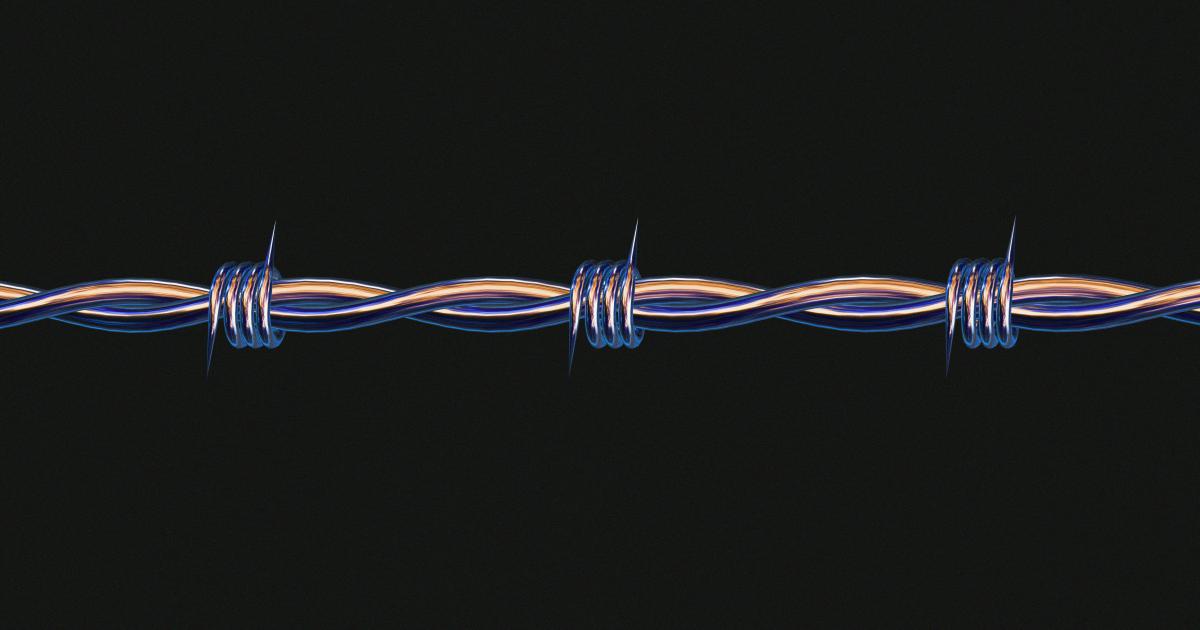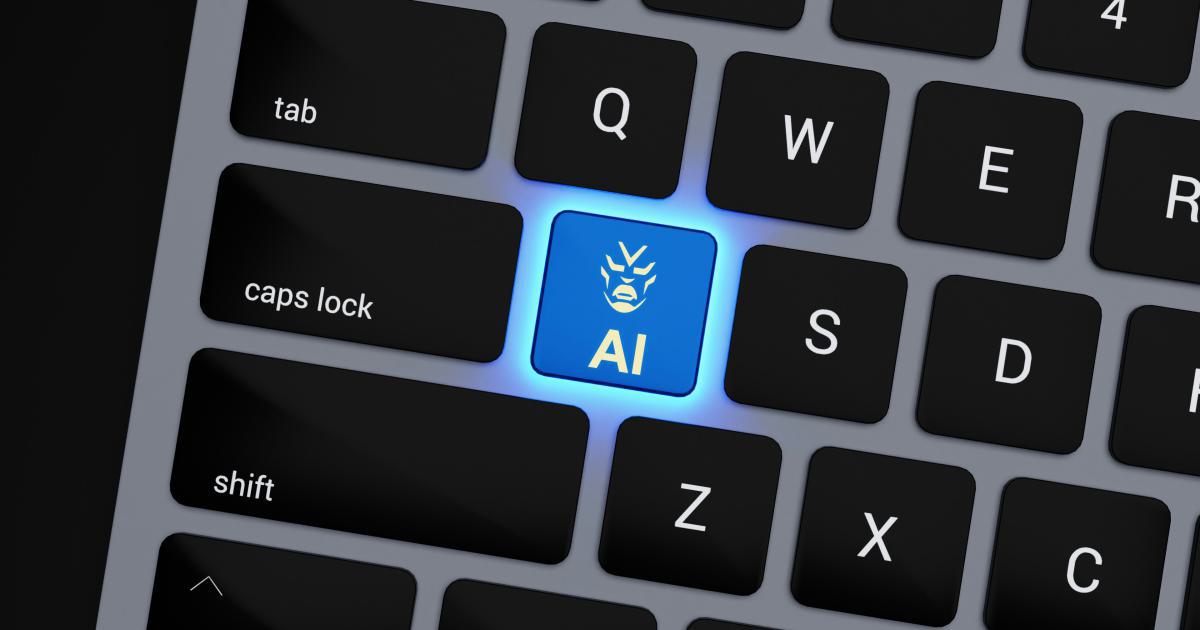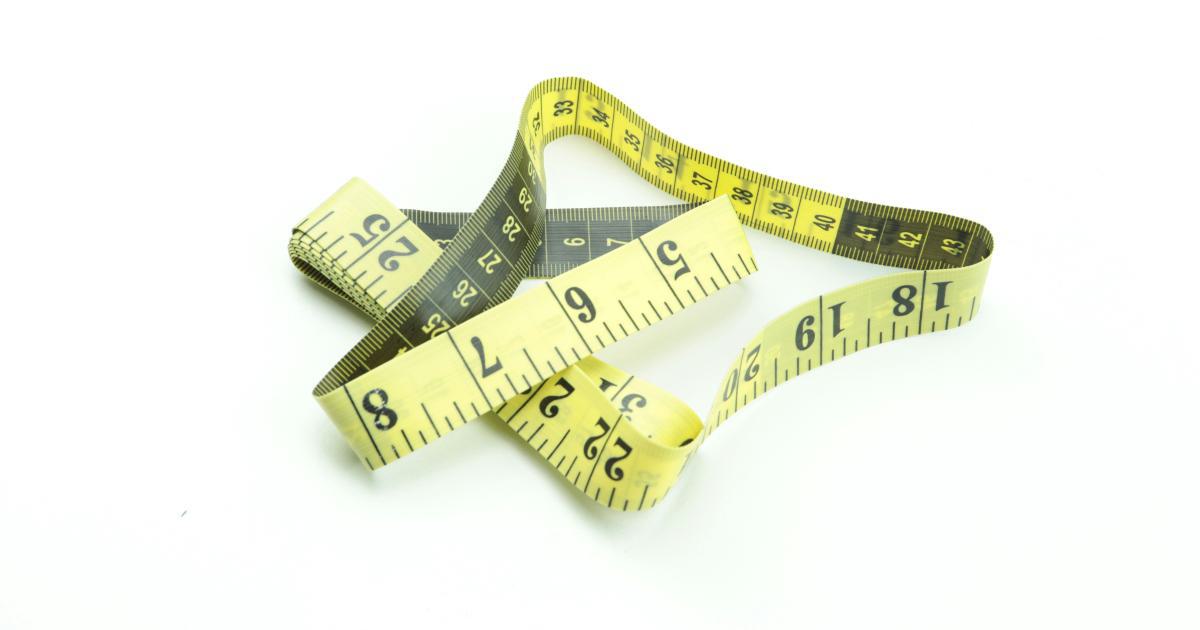Link Reclamation Techniques: Recover Lost Backlinks Easily


Unlocking the Power of Link Reclamation
In the ever-evolving world of digital marketing, the importance of a strong backlink profile cannot be overstated. Backlinks, or incoming links to your website, serve as a critical ranking signal for search engines, directly impacting your site's visibility and authority. However, as websites and online ecosystems constantly change, it's common for links to become broken, outdated, or lost over time, leading to a gradual erosion of your hard-earned backlink portfolio.

This is where link reclamation strategies come into play. Link reclamation is the process of identifying and recovering lost or broken backlinks, restoring your website's link equity and boosting its search engine optimization (SEO) performance. By systematically identifying and reclaiming these valuable links, you can regain the traffic, referrals, and ranking benefits that were once associated with them.
In this comprehensive guide, we'll explore the art of link reclamation, providing you with a detailed roadmap to effectively recover your lost backlinks and maximize your online presence.
Understanding the Importance of Link Reclamation
Backlinks are the foundation of a robust SEO strategy, acting as digital endorsements that search engines use to evaluate the quality and relevance of your website. The more high-quality, relevant backlinks you have, the stronger your domain authority and the better your chances of ranking higher in search engine results pages (SERPs).
However, the digital landscape is constantly evolving, and links that once pointed to your website can become broken, outdated, or removed over time. This can happen for a variety of reasons, such as:
Website Migrations and Redesigns
When a website undergoes a major overhaul, such as a content management system (CMS) migration or a complete redesign, it's common for URLs to change, resulting in broken links pointing to your site.
Domain Expirations and Acquisitions
If a website that once linked to your domain expires or is acquired by a new owner, the existing backlinks can be lost, leaving you with fewer valuable referrals and less overall link equity.
Content Removal and Link Deletion
Website owners may decide to remove or update their content, leading to the removal of links that previously pointed to your site. This could be due to changes in business priorities, outdated information, or other factors.
Webmaster Oversight
Sometimes, webmasters simply forget to update or maintain their outbound links, leaving broken or outdated links to your website.

When these backlinks are lost, it can have a significant impact on your website's SEO performance. The loss of link equity can result in decreased domain authority, reduced referral traffic, and ultimately lower search engine rankings. This is where link reclamation comes into play, enabling you to identify and recover these lost backlinks, restoring the link equity and boosting your overall online visibility.
Identifying and Prioritizing Link Reclamation Opportunities
The first step in your link reclamation journey is to establish a comprehensive understanding of your current backlink profile. This involves conducting a thorough backlink audit to identify the links that have been lost or broken over time.
Conducting a Backlink Audit
There are several tools and techniques you can use to conduct a detailed backlink audit:
1. Backlink Analysis Tools
Utilize powerful backlink analysis tools like Ahrefs, Moz, or SEMrush to crawl and analyze your website's backlink profile. These tools can provide valuable insights into the number and quality of your backlinks, as well as identify any broken or lost links.
2. Google Search Console
Google's Search Console is a free, comprehensive tool that allows you to monitor and maintain your website's presence in Google Search. By accessing the "Links" report in Search Console, you can gain visibility into the external websites that are linking to your domain.
3. Manual Review
Complement your automated backlink analysis with a manual review of your website's content and inbound links. This can help you identify any additional broken or lost links that may have been overlooked by the tools.

Prioritizing Link Reclamation Opportunities
Once you have a clear understanding of your backlink profile, the next step is to prioritize the link reclamation opportunities based on their potential impact. Here are some factors to consider when prioritizing your link reclamation efforts:
1. Link Quality and Authority
Focus on recovering high-quality, authoritative backlinks from reputable, relevant websites. These links are more likely to have a significant impact on your SEO performance.
2. Link Equity and PageRank
Identify the links that previously had the highest link equity or PageRank, as these are the most valuable to reclaim.
3. Referral Traffic Potential
Prioritize the recovery of links that were driving significant referral traffic to your website, as these can provide an immediate boost in traffic and engagement.
4. Relevance and Contextual Fit
Aim to reclaim links that are contextually relevant to your website's content and target audience, as these are more likely to provide long-term value.
By prioritizing your link reclamation efforts based on these factors, you can ensure that you're focusing your resources on the most impactful opportunities, maximizing the return on your investment.

Techniques for Effective Link Reclamation
Now that you've identified and prioritized your link reclamation opportunities, it's time to put your strategies into action. Here are several proven techniques to help you effectively recover your lost backlinks.
1. Broken Link Identification and Outreach
One of the most common link reclamation techniques is to identify broken links on other websites and offer a replacement link to your own content. This approach involves the following steps:
Identify Broken Links: Use tools like Ahrefs, Moz, or Google Search Console to find broken links on websites that are relevant to your industry or niche.
Analyze the Broken Links: Examine the broken links to determine if they were previously pointing to your website or if the content is still relevant and valuable to the linking site.
Outreach and Offer Replacement: Reach out to the website owners or webmasters and politely inform them of the broken link, offering a relevant, high-quality replacement link from your own website.
By proactively identifying and resolving broken links, you can not only recover lost backlinks but also build positive relationships with other website owners, potentially leading to additional link building opportunities.
2. Content Reclamation and Outreach
If you've created valuable content in the past that has since been removed or relocated, you can reach out to the website owners who previously linked to that content and request a link update. This approach involves the following steps:
Identify Lost Content: Use your backlink analysis tools to find websites that previously linked to content that is no longer available on your site.
Recreate or Redirect the Content: Depending on the situation, either recreate the lost content or redirect the old URL to a relevant, updated page on your website.
Outreach and Request Link Update: Contact the website owners who linked to the lost content and politely request that they update the link to point to the new or redirected page.
By reclaiming and updating your valuable content, you can not only restore lost backlinks but also ensure that your website's content remains relevant and accessible to your target audience.

3. Unlinked Brand Mention Identification and Outreach
Sometimes, websites may mention your brand or company without actually linking back to your website. These unlinked brand mentions represent an opportunity to recover additional backlinks. The process involves the following steps:
Identify Unlinked Brand Mentions: Use tools like Google Alerts, BrandMentions, or Mention to monitor the web for any mentions of your brand, product, or company name that are not accompanied by a backlink.
Analyze the Mentions: Review the unlinked brand mentions to ensure they are relevant and appropriate for a link back to your website.
Outreach and Request Link Addition: Reach out to the website owners or webmasters and politely request that they add a link to your website in conjunction with the brand mention.
By converting these unlinked brand mentions into backlinks, you can further strengthen your online presence and improve your overall link profile.
4. Link Reclamation Through Partnerships and Collaborations
Reaching out to existing partners, collaborators, or industry connections can be an effective way to recover lost backlinks. This approach involves the following steps:
Identify Relevant Partnerships: Review your existing partnerships, collaborations, or industry connections to determine if any of these relationships have resulted in lost backlinks over time.
Communicate and Request Link Updates: Reach out to your partners or industry contacts and politely request that they update any broken or outdated links pointing to your website.
Explore New Collaboration Opportunities: Consider initiating new partnerships or collaborations that could lead to the acquisition of valuable backlinks.
By leveraging your existing industry relationships and exploring new collaborative opportunities, you can not only recover lost backlinks but also build stronger, more mutually beneficial partnerships.

5. Redirect-Based Link Reclamation
If your website has undergone a major restructuring or URL changes, you can use 301 redirects to reclaim lost backlinks. This approach involves the following steps:
Identify Impacted URLs: Use your backlink analysis tools to identify the specific URLs on your website that have lost backlinks due to URL changes or website migrations.
Implement 301 Redirects: Set up 301 permanent redirects from the old, broken URLs to the new, relevant pages on your website.
Monitor and Update Redirects: Regularly review and update your 301 redirects to ensure they are still functioning correctly and directing users and search engines to the appropriate content.
By implementing a comprehensive 301 redirect strategy, you can effectively reclaim the link equity associated with your old URLs, ensuring that your website's link profile remains strong and cohesive.
6. Leveraging Digital PR and Media Outreach
Developing relationships with industry publications, bloggers, and media outlets can be a powerful way to recover lost backlinks. This approach involves the following steps:
Identify Relevant Media Outlets: Research and compile a list of industry-relevant publications, blogs, and media outlets that have previously linked to your website or may be interested in your content.
Pitch Newsworthy Stories: Craft compelling story pitches that highlight your brand, products, or services in a way that is relevant and valuable to the target media outlet's audience.
Follow Up and Secure Placements: Persistently follow up with the media contacts, building relationships and securing placements that include backlinks to your website.
By engaging in strategic digital PR and media outreach, you can not only recover lost backlinks but also earn valuable, high-quality new links that can significantly boost your website's authority and visibility.

Measuring and Monitoring Your Link Reclamation Efforts
To ensure the effectiveness of your link reclamation strategies, it's crucial to measure and monitor your progress over time. By tracking key metrics and analyzing the impact of your efforts, you can refine your approach and maximize the long-term benefits of your link reclamation campaign.
Metrics to Track
Some of the key metrics to track as part of your link reclamation efforts include:
Recovered Backlinks: The number of lost or broken backlinks that you have successfully reclaimed.
Referral Traffic: The increase in website traffic from the recovered backlinks.
Ranking Improvements: The improvements in search engine rankings for your target keywords or pages.
Domain Authority and PageRank: The changes in your website's overall domain authority and PageRank metrics.
Conversion Rate: The impact of the recovered backlinks on your website's conversion rates and overall business goals.
Monitoring and Reporting
Regularly monitor your backlink profile and the performance of your link reclamation strategies using tools like Google Search Console, Ahrefs, or Moz. Set up email alerts or automated reports to stay informed of any changes or new opportunities for link reclamation.
Analyze the data and insights gathered from your monitoring efforts to identify patterns, trends, and areas for improvement. Use this information to refine your link reclamation strategies, allocate resources more effectively, and maximize the long-term benefits of your efforts.

Conclusion
In the dynamic world of digital marketing, link reclamation has emerged as a critical strategy for maintaining a strong and resilient backlink profile. By systematically identifying and recovering lost or broken backlinks, you can restore your website's link equity, boost its search engine visibility, and drive valuable referral traffic.
From conducting thorough backlink audits to leveraging proven link reclamation techniques, this comprehensive guide has provided you with a roadmap to effectively reclaim your lost links and elevate your online presence. Remember, link reclamation is an ongoing process, so continue to monitor your backlink profile, stay proactive, and capitalize on emerging opportunities to strengthen your website's foundation.
Embrace the power of link reclamation and unlock new opportunities for growth, success, and long-term sustainable performance in the digital landscape.
Are You Crushing It in Internet Marketing?
Struggling to boost your online visibility and traffic? Semrush is the ultimate platform for digital marketers like you. With powerful SEO tools and competitive data insights, you can optimize your website, content, and campaigns for maximum impact.
Join over 7 million marketers already using Semrush to outrank their competitors, drive more qualified leads, and grow their businesses online. Get started today with a 7-day free trial, and unlock the full potential of your internet marketing strategy.
Unlock the Power of SEO with Semrush
Are you struggling to boost your online visibility and drive more traffic to your website? Semrush has the solution.
Our comprehensive platform offers advanced keyword research, competitor analysis, and SEO audits, empowering you to optimize your content and outrank your competition.